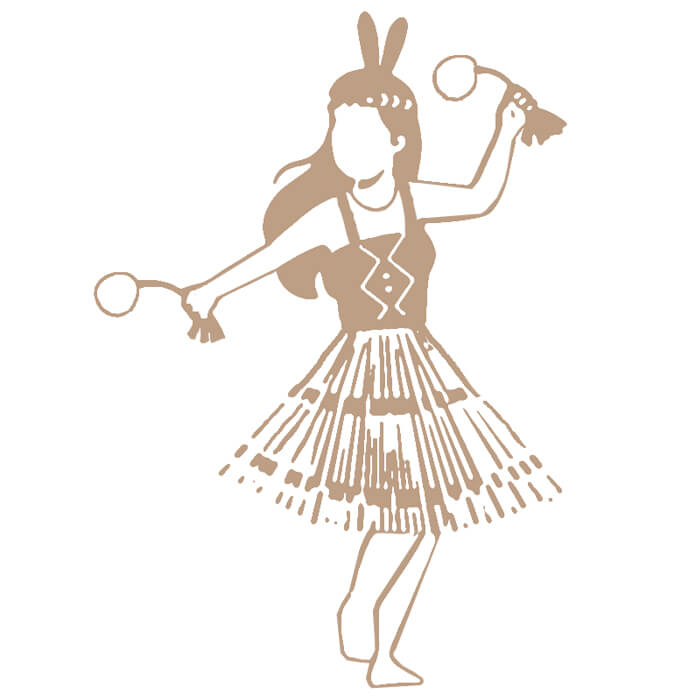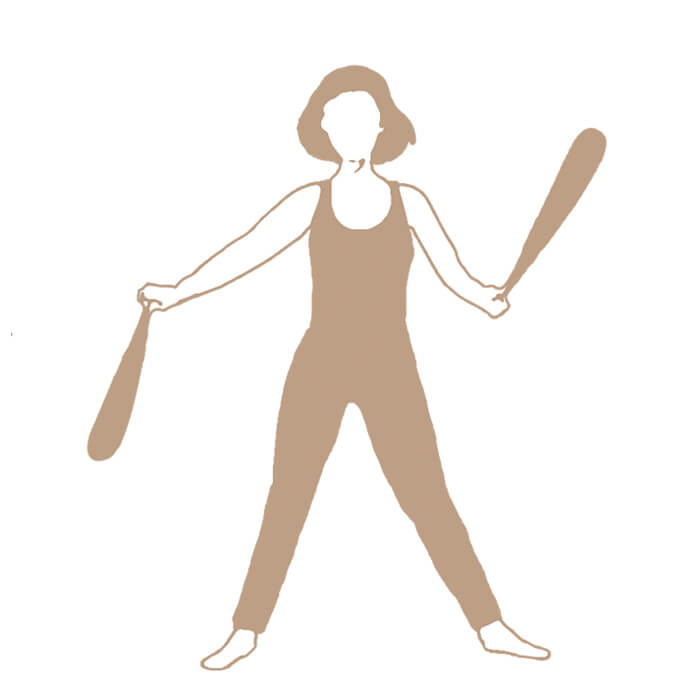Traditional Māori Poi is a cultural dance, practiced by the Māori people of New Zealand. International Poi (including SpinPoi) is a form of exercise and play practiced across the globe.

Māori Poi are used as a way to embody Māori whakapapa (history), Māori culture, and tell Māori stories.
Māori Poi are considered a taonga (treasure) and there are special tikanga (customs or protocol) around how the poi should be used.
Māori Poi movements are created to express the written word, and are usually accompanied by singing.
Māori Poi is passed on by Māori to Māori, generation by generation, to preserve Māori culture.

International Poi are used for play and exercise, and don’t have a specific cultural meaning when used.
International Poi are considered a piece of exercise equipment, and can be used in whatever way most benefits the practitioner.
International Poi movements are created to enter flow state and push the boundaries of performance.
International Poi is passed on by anyone, to have fun and improve wellbeing.
We have a deep appreciation for Māori culture and for sharing and uplifting Māori Poi as a taonga (treasure).
That’s why it’s so important for us to recognize the distinction between these two styles of poi, and to ensure that these distinctions are clear and respected. If you have any questions or feedback, please get in touch at [email protected]. We are committed to open dialogue and to listening to our community.
